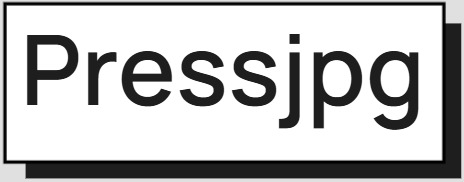The Impact of Image Size on Website Speed and SEO
Published by ImageCompressor | Updated 2025
Introduction
Did you know that images can make up more than 50% of your website’s total weight? Large, unoptimized images are a major cause of slow-loading pages, hurting both user experience and search engine rankings. In this article, we break down the real impact of image size on site speed and SEO — and what you can do about it.
How Image Size Affects Load Time
The larger the file, the longer it takes to download. On mobile networks especially, every extra kilobyte delays the rendering of the page. This slows down your site's Time to First Paint, Largest Contentful Paint (LCP), and First Input Delay (FID).
Google’s Core Web Vitals and Image Optimization
- LCP (Largest Contentful Paint): Often an image!
- CLS (Cumulative Layout Shift): Caused by unoptimized image dimensions
- FID (First Input Delay): Impacted by slow resources, including images
Mobile Experience Matters More
Over 60% of traffic comes from mobile devices. Slower connections and limited data make image weight even more critical. Google uses mobile-first indexing, so performance on mobile directly affects your rankings.
Real-World Example
- Original image: 1.8 MB
- Optimized WebP: 210 KB
- Result: Homepage load dropped from 4.6s to 1.9s
- SEO Score (Lighthouse): Improved from 68 to 95
Best Practices to Reduce Image Load
- Use appropriate formats (WebP, AVIF)
- Compress before upload using ImageCompressor
- Resize images to match display size
- Add
loading="lazy"to images below the fold - Set explicit width and height to prevent layout shift
Tools to Analyze Image Impact
Conclusion
Image size directly affects your site's performance and your search rankings. If you want faster pages, happier users, and better SEO — start compressing and optimizing every image. It’s one of the simplest and most effective performance wins available.
